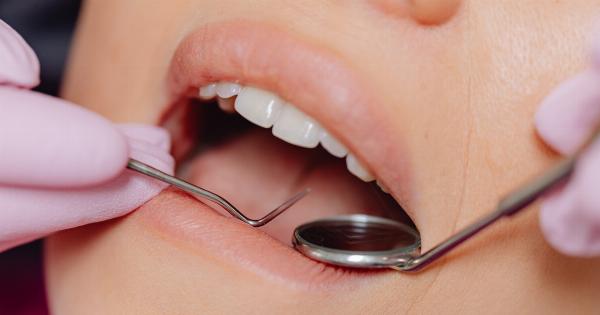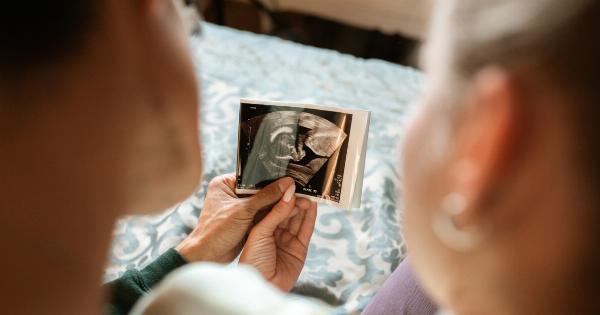Lung infections are a common health issue, causing significant morbidity and mortality worldwide.
While respiratory pathogens such as viruses and bacteria are often implicated in these infections, recent research has shown a potential link between oral bacteria and lung infections. The oral cavity is home to a diverse and abundant microbial community, comprising hundreds of bacterial species.
Under certain conditions, these oral bacteria can be aspirated into the lungs, leading to the development of pneumonia and other respiratory infections. This article explores the dangerous link between oral bacteria and lung infections, highlighting the importance of oral health in preventing these potentially life-threatening conditions.
The oral microbiome
The oral cavity serves as a gateway to the respiratory system. It harbors a complex ecosystem of microorganisms, collectively known as the oral microbiome. The oral microbiome is comprised of bacteria, viruses, fungi, and other microorganisms.
Bacteria are the predominant members of this community, with over 700 different species identified in the oral cavity.
Aspiration pneumonia: A risk of oral bacteria
Aspiration pneumonia occurs when bacteria from the mouth or throat are inhaled into the lungs, leading to infection.
Those at greatest risk of aspiration pneumonia are individuals with impaired swallowing mechanisms, such as elderly adults with dysphagia or individuals with neurological conditions.
Periodontal disease and respiratory infections
Periodontal disease, a chronic inflammatory condition affecting the gums and supporting structures of the teeth, has been implicated as a risk factor for respiratory infections.
Studies have shown that individuals with periodontal disease have a higher likelihood of developing pneumonia and other respiratory infections compared to those with healthy gums. The chronic inflammation and bacterial burden associated with periodontal disease may contribute to the increased risk of respiratory infections.
Bacterial translocation and lung colonization
Bacterial translocation refers to the movement of bacteria and their products from one part of the body to another. In the case of oral bacteria, translocation can occur when small amounts of bacteria are aspirated into the lungs.
While the lungs have their own defense mechanisms to clear such bacteria, certain conditions can compromise these defenses, allowing the bacteria to colonize and cause infection.
Dental procedures and nosocomial infections
Nosocomial infections are infections acquired in a healthcare setting, and dental procedures have been identified as potential sources of these infections.
During invasive dental procedures, such as tooth extractions or scaling, oral bacteria can be dislodged and enter the bloodstream. From there, they can reach distant sites, including the lungs, potentially causing infection.
Prevention and management strategies
Given the dangerous link between oral bacteria and lung infections, effective prevention and management strategies are crucial. These may include:.
- Oral hygiene practices: Regular brushing, flossing, and use of antimicrobial mouthwashes can help maintain good oral health and reduce the bacterial load in the mouth.
- Periodontal treatment: Treating and managing periodontal disease can help reduce the risk of bacterial translocation and subsequent lung infections.
- Aspiration precautions: Implementing measures to prevent aspiration, such as proper positioning during feeding, can help reduce the risk of aspirating oral bacteria.
- Antibiotic therapy: In cases where respiratory infections have already developed, appropriate antibiotic therapy is essential for effective treatment.
The role of healthcare professionals
Healthcare professionals, including dentists and respiratory care providers, play a crucial role in identifying and managing the link between oral bacteria and lung infections.
Collaboration between dental and respiratory healthcare teams can help ensure that patients receive comprehensive care to minimize the risk of respiratory infections.
Conclusion
The link between oral bacteria and lung infections underscores the importance of oral health in overall well-being.
Maintaining good oral hygiene, managing periodontal disease, and implementing preventive measures can help reduce the risk of aspirating oral bacteria and developing potentially life-threatening respiratory infections. By recognizing and addressing this dangerous link, healthcare professionals can contribute to improved outcomes for individuals at risk of lung infections.






























